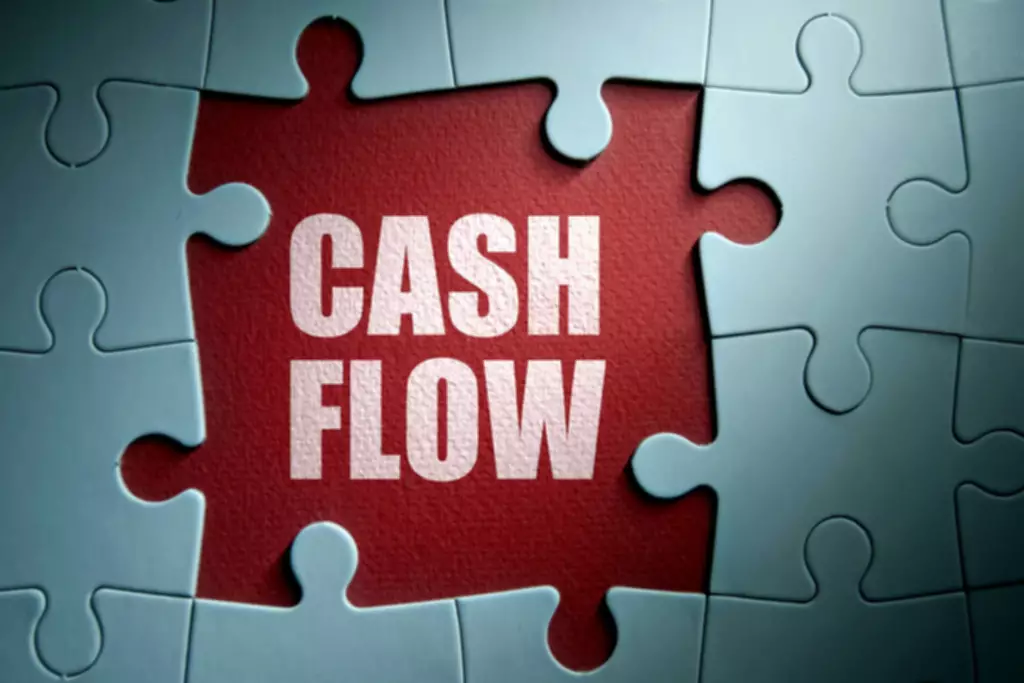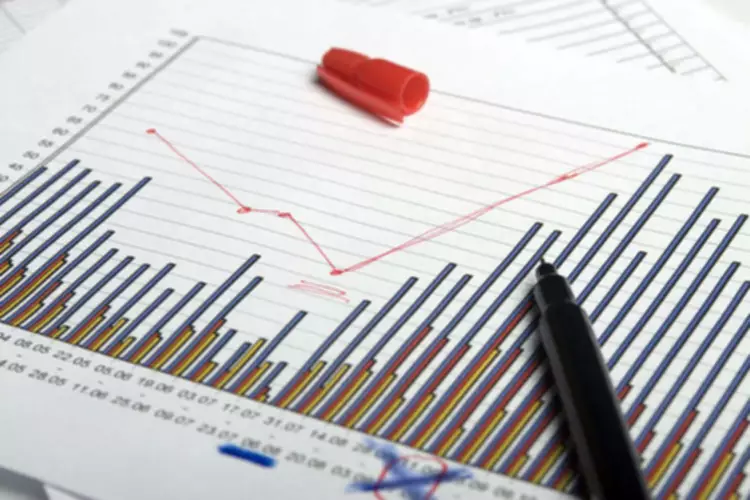Content

Finally, a cash flow budget makes assumptions about cash inflows and expenditures over a certain period. Forecasting looks at the budget targets and brings in past information, along with market and industry analysis, to predict whether the anticipated target will be achieved. A budget aligns expectation with reality when it comes to revenue and expenses. A thorough budget offers clear guidance on how a company should be spending its resources by providing a line item for any expense imaginable. Budgets also create accountability for departmental spending because overages are apparent and gaps in appropriate funding become clear as the year unrolls.
When you select a fiscal year, the budget or planned amounts are restricted to only display the amounts within the fiscal year you select. You can view costs for one or several fiscal years, regardless of whether the financial plans are entered by period types of monthly, 13 periods, quarterly, or annually.
How Can a Budget Help With Financial Planning?
Displays the Daily Budget Forecast Distribution screen from which the monthly budget entered can be further adjusted and distributed. In a multi-property environment, select the property where you want to identify if a budget exists. Rolling forecasts usually contain a minimum of 12 forecast periods, but can also include 18, 24, 36, or more. Real-time updates during board meetings and realign spending priorities. At a time when oil prices were plummeting, this company could not afford to spend 2 weeks on a planning cycle.
- Unlike budgets, forecasts are not prepared by accounting for every line item—they are more of a summary in nature.
- The Weekend/Weekdays are calculated based on the days in the month selected.
- Forecasting looks at the budget targets and brings in past information, along with market and industry analysis, to predict whether the anticipated target will be achieved.
- For all fiscal period types except the 13 period type, the report displays up to twelve period columns and a total column.
Any defined Budget Item, no matter the Budget Type, can be selected. The LOV will display a search box where the user can filter by budget type, then choose ONE budget type only. If the user goes back and for the same Code selects another Budget Item, then the old information will be overwritten by the new information. Select this option button if you want to review, https://www.bookstime.com/ add or edit the Covers budget data for the option selected in the Cat Budget Type LOV. There really is no difference between the focus of budgets and forecasts – both try to predict future earnings. This is the same as the budget or planned amount in the program section. It is displayed in the variance section because it is used in another calculation in the section.
What Causes Your Budget and Forecast to Be Different?
Create something so you are comparing actual results against plan. That‘s better than waiting until you have the time to get it just right. Forecasting helps the business in taking immediate actions by examining and analyzing the data provided.

Forecasting increases the confidence of the management team to make important business decisions. In fact, financial forecasting, budgeting, and planning each serve a unique purpose. A plan serves as the foundation, a budget guides how to allocate cash, and a forecast projects the financial future of the business. CFOs understand that each is a standalone piece of the company’s financial puzzle. Budgets are usually short-term in nature, done for a maximum duration of an accounting period. You may find short-duration budgets like that for a month based on the company’s expense management. The budget is always prepared prior to plan implementation and may be adjusted to better manage the company’s operations.
Accounting structures matter
It can’t be predicted for a more extended period as it will be affected by daily weather changes and, therefore, may not bring out a truer picture if predicted long before. Let’s see the top differences between budgeting vs. forecasting. While most budgets are created for an entire year, that is not a hard-and-fast rule. For some companies, management may need to be flexible and allow the budget to be adjusted throughout the year as business conditions change. Financial forecasting tells whether the company is headed in the right direction, estimating the amount of revenue and income that will be achieved in the future.
Because your outlook is updated continuously, you’ll always have long-term data available when your organization needs to make an important business decision. Rolling forecasts allow for continuous planning with a constant number of periods. For example, if your forecast period lasts for 12 months, as each month ends another month will be added. This is the difference between the program budget or planned amount and the projects budget or planned amount.
Using Datarails to Build Budget Forecast
Dates within a month cannot be overlapping, or an error will be displayed. The ‘Total To Distribute’ value will be auto populated from the Monthly section, and it needs to match the Daily Total, or an error will be displayed. The variances between the three budgets can also be selected independently, or together.
- Both techniques are essential and form an integral part of the short term and long term decision making.
- By the start of the 2000s, companies gained access to ever-growing operational data sources, as well as information outside corporate transaction systems — such as weather, social sentiment and econometric data.
- A small business owner should know the sales goals for the year, the direct expenses needed to support them, and the overhead costs and other fixed expenses of their business.
- The “plan” answers that question by outlining the company’s operational and financial objectives.
- As a company manager, you would like to know where your company is actually going.
Both are needed for a healthy future perspective in a growing company, and both should be frequently updated. Some forecasting methods take intensive data collection and analysis, and are usually conducted once per year, or when there is economic upheaval . Simpler forecasts, such as a sales forecast based on historical data, might be conducted each quarter. Financial projection and forecasting is the act of predicting the future using present and historical data. In business, forecasting allows executives to determine economic conditions and prepare for changes.
Stated differently, a budget is a plan for where a business wants to go, while a forecast is the indication of where it is actually going. In an unstable and sometimes volatile marketplace, drastic changes in resource levels, budget constraints and strategies are inevitable.
What are 3 benefits of budgeting?
Benefits of budgeting include providing "guardrails" (i.e., designated limits) for spending, achieving financial goals (if savings is included as a fixed "expense"), and for peace of mind.
Available in the distribution Frame for By Month selection only. It clears all of the information that was entered in the monthly grid. The Value amount entered will be distributed evenly to budget vs forecast each one of the 12 month periods. After import, the Custom Codes can be selected from the Select Custom Code screen for viewing on the Budget Definition screen and for S&C Advanced Reporting.